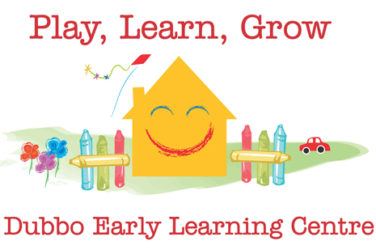Relationships
The EYLF uses the words ‘relationships/relationship’ 47 times, and community/communities 68 times. This reflects the social constructivist theory which underpins the learning framework. Simply put EYLF recognises that children learn through the social interactions and relationships they form with other children and adults from their family or community, including at your service. Objects don’t teach you much when you are by yourself. When we form relationships with others we learn and teach in a social way.
Music guides and encourages children to engage with their world. It can help build relationships through shared experiences. When groups of children are involved in musical activities, the positive effects from the release of the brain chemical oxytocin helps children build trust and therefore promotes positive relationships.
In early childhood, and throughout life, relationships are crucial to a sense of belonging. EYLF p 7
Tips
try singing a familiar song and inserting a silly word in the place of the correct word, like “Mary had a little spider” instead of lamb. Silly songs make children laugh and encourage positive relationships and collaboration
Drummer friends
Today Adrian and Eli both wanted to play the drums. The boys were arguing over who was to play with the drums first.
Sam showed the boys how with some team work and sharing they could use one drumstick each and play the drums together.
Adrian and Eli found that this was a fun activity as they developed a new friendship through playing music which caused them to giggle and smile with each other.

How good are you at music?
Always remember there are no right or wrong ways to present or interact with music. Music should be a creative, open-ended process which everyone contributes to in their own unique way. It doesn’t matter how good you are at singing or dancing etc. What matters is that you engage with children in musical activities and follow their lead.
Music therapy
Registered music therapists draw on the benefits of music to help people of all ages. It’s different from music education and entertainment because it focuses on health, functioning and wellbeing. Therapists use music to teach children specific skills. For example, music therapists use interactive musical activities to improve social and communication skills like eye contact and taking turns for children with autism spectrum disorder. The therapist might also write lyrics about specific behaviour – for example, turn-taking. The idea is that the child might be better able to focus on sung information than spoken information. Do your families know that musical therapy could benefit some children with additional needs?

















